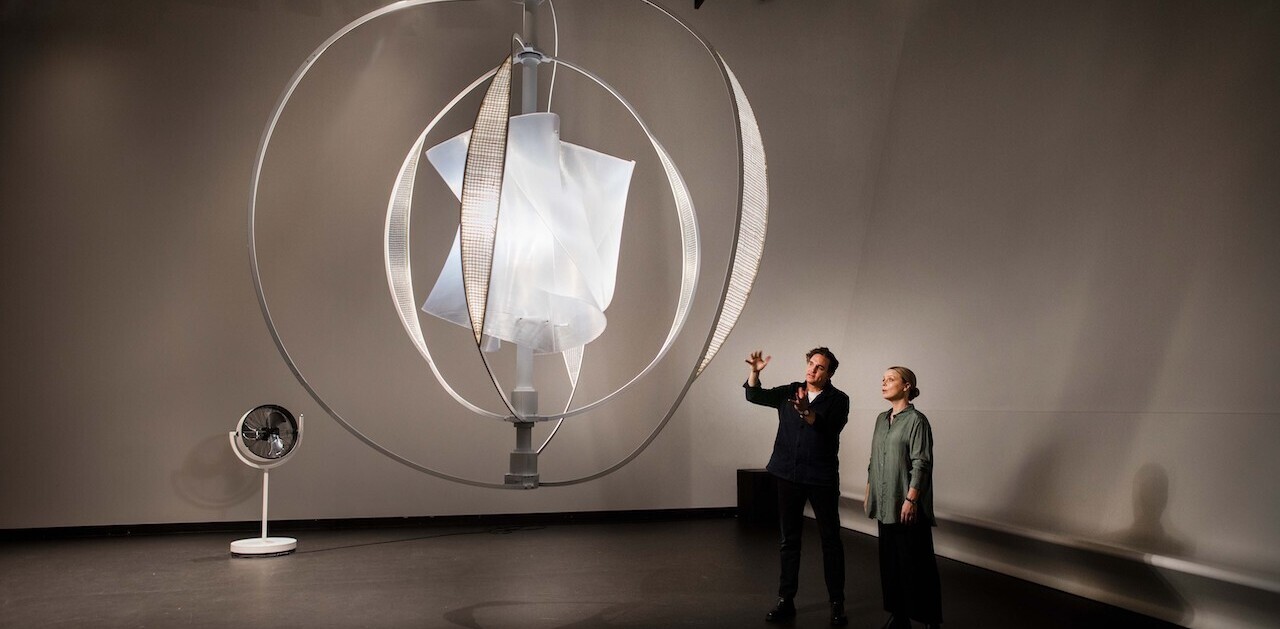
Alexander Huls is a freelance writer who has been writing about pop culture for over five years. His work has appeared in The New York Times, The Atlantic, National Post, Film School Rejects, and more. This post was originally published on the Shutterstock blog and has been adapted with permission.
If you’re anything like us, discovering the highly innovative and interactive music videos for Bob Dylan’s “Like a Rolling Stone” and Pharrell Williams’ “Happy” was kind of a big deal. If you haven’t yet had the chance to improve your life by watching them, let us fill you in:
In the Dylan video, you’re given a virtual television that allows you to flip through 16 channels–sports, business, shopping, and more–all of which feature everyone seamlessly lip syncing “Like a Rolling Stone.” For Pharrell’s video, you’re given a virtual clock that offers access to 24-hours worth of people–including Steve Carrell, Jimmy Kimmel, and Magic Johnson–joyously dancing all over Los Angeles to his Despicable Me 2 song “Happy.”
But honestly, you shouldn’t settle for descriptions. Check them out (or revisit them) for yourself. Don’t worry. We’ll wait for you.


Back? Did it take you fifteen minutes? Did you dance at your desk a little? Don’t worry. That’s normal. Let’s continue.
Interactive video marketing has been on the rise for a while, thanks to its ability to truly engage users, rather than presenting a passive experience. In the words of Yoni Bloch–CEO & Founder of Interlude, the company that produced the “Like a Rolling Stone” experience–interactive videos make you “lean forward.”
They make you want to “explore and get lost … [to] play an active role and essentially edit the video how you want.” The word “watching” doesn’t even capture the experience anymore. Interactive videos make viewers not just users, but actual creators (also: procrastinators).
That’s especially exciting if you’re given the opportunity to engage with your favorite music or bands. Artists including Arcade Fire, Cold War Kids, and Queens of the Stone Age have already dabbled in creating interactive experiences for their fans. But one can’t help feeling that the medium has been kicked up a notch in the last few months.
As Bloch told us, “Any technology needs influential adopters to accelerate its path to the mainstream.” And the one-two punch of Dylan and Pharrell’s projects (which came out almost back-to-back in 2013) no doubt confirms what he believes: that interactive music videos are “really starting to take off.”
How much they take off remains to be seen. Not because creativity and ambition are lacking, but because a ton of time, hard work, and ingenuity are required to pull them off. To make that one music video for Dylan, Interlude had to effectively make 16 of them; and the producers of “Happy” had to make 24-hours worth.
In other words, the future success of interactive music videos will require some good old-fashioned creative thinking and elbow grease–not to mention generous budgets–to help find new ways to make the creative, production, and technological elements all come together.
Interlude CEO Yoni Bloch and friend. Photo: Ronen Lalena
The “Like a Rolling Stone” video is a perfect example. Bloch explained that filming was often a unique challenge because a one-day shoot would sometimes involve “five different channels.” That “made it difficult to adjust to the different styles” of the kinds of shows–like The Property Brothers or The Price is Right–they were emulating. That carried over into the editing, as well. Each of the 16 channels had to not only look like the show it was imitating, but had to be edited like it, as well.
Once that was done, the Interlude team faced the need to not just make sure “the audio always stayed in sync [for all the channels], but also that the video could load and stream properly without being overwhelmed by data,” said Bloch. They solved the issue by using their in-house technology to design the interactive experience to load a channel and constantly pre-load only the neighboring channels to ensure a seamless experience.
Interlude’s efforts paid off. The video has been viewed over 50 million times. So, yes, it’s safe to say interactive music videos are on the rise. But what will the future of the medium look like exactly? The obvious answer is that we can expect to see increased out-of-the-box creative thinking to give us even more unique hands-on experiences.
But Bloch also offered an intriguing glimpse of something slightly more ambitious. For Interlude, the future isn’t just about making more interactive videos. It’s about giving users more power to create them.
The company recently launched its own self-service product called Treehouse that “gives anyone access to our technology and lets them create their own interactive video for free.”
It’s a smart way to ensure that it’s not just the company steering this trend, but also that “users shape the future of interactive videos.” What better way to make sure a medium really takes off than by letting everyone use it? Who knows, a year from now this article might just be an interactive video itself. That’s a pretty exciting future to imagine.
Header image: Christian Bertrand
Get the TNW newsletter
Get the most important tech news in your inbox each week.





